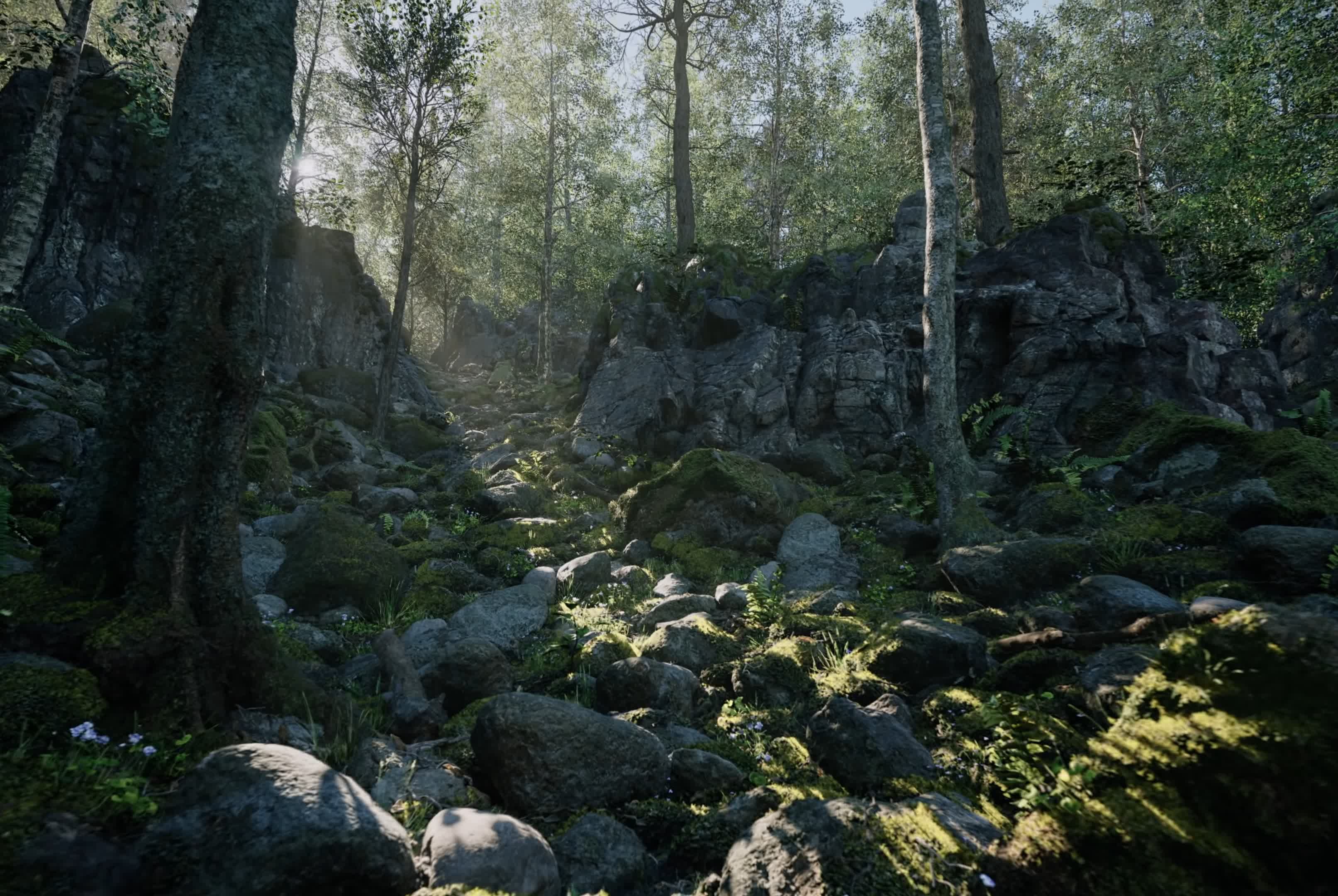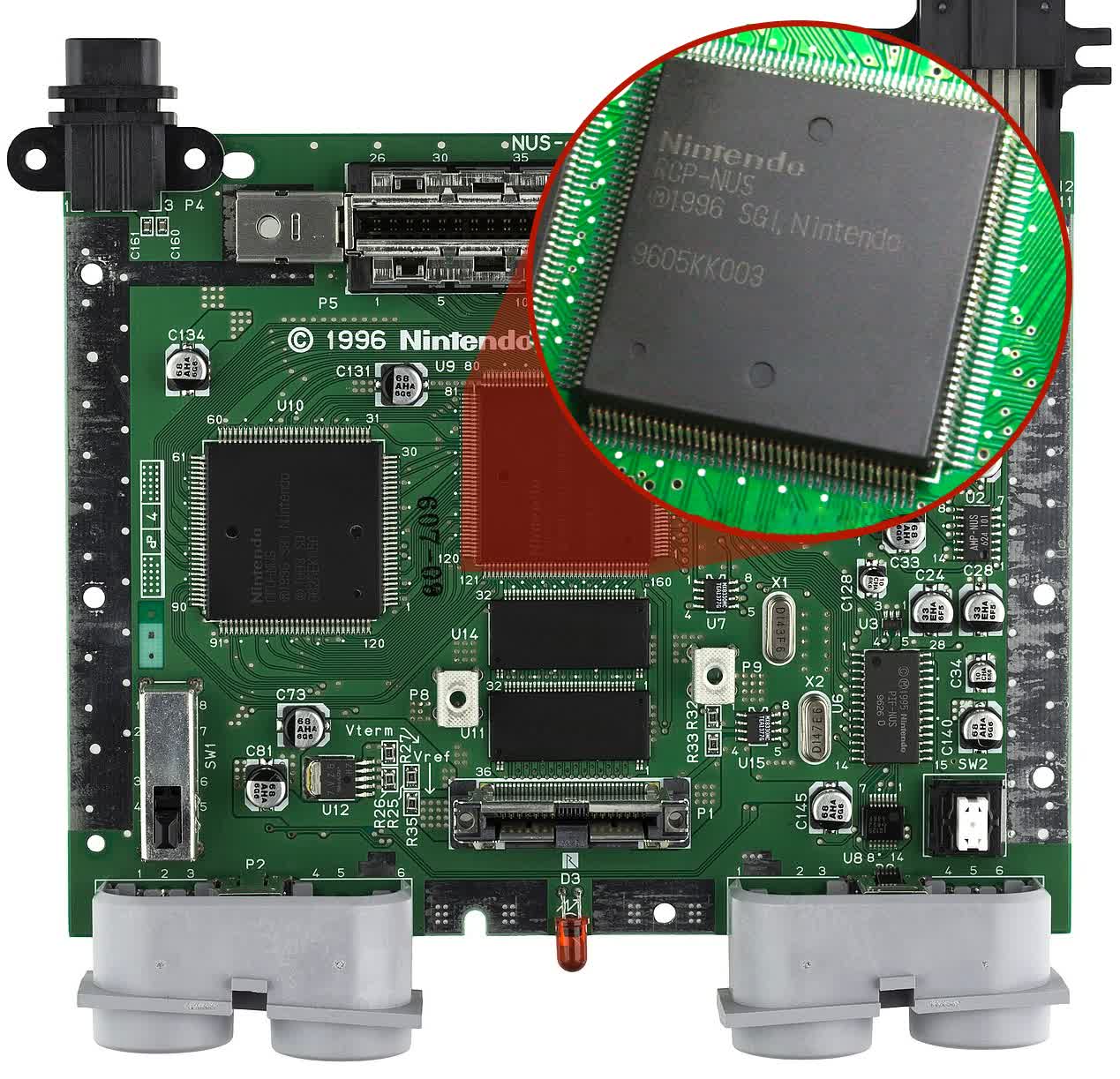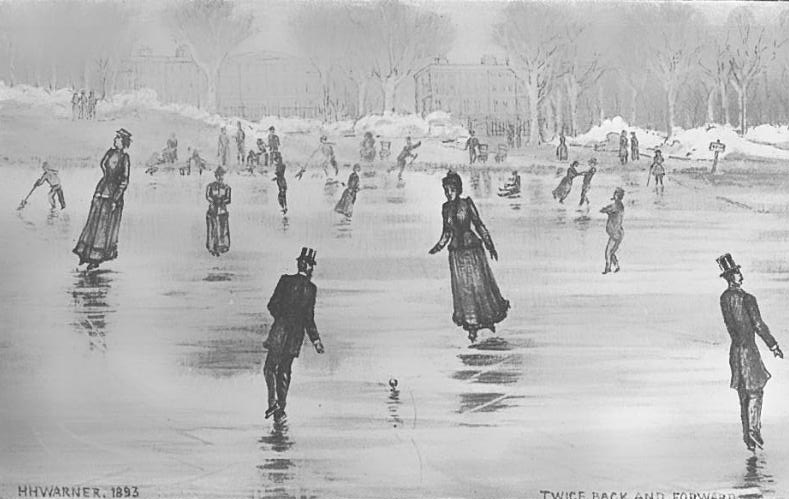As CPUs016 ArchivesGPUs continue to get more powerful with each new generation, the push for ever more realistic graphics in blockbuster games shows no signs of slowing down. Today's best-looking titles already look stunning, so how much better can they possibly get?
Which technologies will become as commonplace as texture filtering or normal mapping is today? What systems will help developers reach these higher standards? Join us as we take a look at what awaits us in the future of 3D graphics.

Before we head off into the future, it's worth taking stock of the advances in 3D graphics over the years. Much of the theoretical aspects of 3D rendering (e.g. vertex transformations, viewport projections, lighting models) are decades old, if not older.
Take the humble z-buffer, as an example. This is nothing more than a portion of memory used to store depth information about objects in a scene and is primarily used to determine whether or not a surface is hidden behind something else (which in turn allows objects to be discarded, instead of rendering them and can also be used to generate shadows).
The concept of the z-buffer is generally attributed to Ph.D. student Wolfgang Straßer, 1974, working at TU Berlin at the time. The first commercial hardware to make use of the buffer appeared within 5 years or so, but the general public would have to wait over 20 years, until the mid-90s, for the arrival of the Nintendo 64 and its z-buffer enabled Reality co-processor.

(Editor: {typename type="name"/})
 Maneka’s Punk Pulpit
Maneka’s Punk Pulpit
 The Morning News Roundup for Wednesday, March 5, 2014
The Morning News Roundup for Wednesday, March 5, 2014
 Learn to Skate Better than One of Sochi’s Olympians
Learn to Skate Better than One of Sochi’s Olympians
 A Visit to the Max Factor Museum
A Visit to the Max Factor Museum
 Russia’s Zombie Election
Russia’s Zombie Election
 Interviews for Resistance
...[Details]
Interviews for Resistance
...[Details]
Attention, Angelenos: We Are in Your Fair City by Dan Piepenbring
 Attention, Angelenos: We Are in Your Fair CityBy Dan PiepenbringFebruary 20, 2014EventsPhoto: John T
...[Details]
Attention, Angelenos: We Are in Your Fair CityBy Dan PiepenbringFebruary 20, 2014EventsPhoto: John T
...[Details]
What We’re Loving: The Backwoods Bull, the Ballet, the Boot by The Paris Review
 What We’re Loving: The Backwoods Bull, the Ballet, the BootBy The Paris ReviewMarch 14, 2014This Wee
...[Details]
What We’re Loving: The Backwoods Bull, the Ballet, the BootBy The Paris ReviewMarch 14, 2014This Wee
...[Details]
The Child Is Father of the Man by Sadie Stein
 The Child Is Father of the ManBy Sadie SteinMarch 5, 2014First Person, Our Daily CorrespondentOnce u
...[Details]
The Child Is Father of the ManBy Sadie SteinMarch 5, 2014First Person, Our Daily CorrespondentOnce u
...[Details]
 Jessa Crispin ,February 13, 2018 The Right
...[Details]
Jessa Crispin ,February 13, 2018 The Right
...[Details]
The History of the Pancake Bell
 Who Wants Flapjacks?By Dan PiepenbringMarch 4, 2014On HistoryPhoto: Janine, via Wikimedia CommonsTod
...[Details]
Who Wants Flapjacks?By Dan PiepenbringMarch 4, 2014On HistoryPhoto: Janine, via Wikimedia CommonsTod
...[Details]
What We’re Loving: NASCAR, Nukes, Nobility
 What We’re Loving: NASCAR, Nukes, NobilityBy The Paris ReviewFebruary 21, 2014This Week’s ReadingFro
...[Details]
What We’re Loving: NASCAR, Nukes, NobilityBy The Paris ReviewFebruary 21, 2014This Week’s ReadingFro
...[Details]
See the First Footage from the Cinematograph, Circa 1895
 The First Footage from the CinematographBy Dan PiepenbringMarch 19, 2014LookOn March 19, 1895, 119 y
...[Details]
The First Footage from the CinematographBy Dan PiepenbringMarch 19, 2014LookOn March 19, 1895, 119 y
...[Details]
 Trump Trading Cards
...[Details]
Trump Trading Cards
...[Details]
Tinker, Tailor, Soldier, Prude by Dan Piepenbring
 Tinker, Tailor, Soldier, PrudeBy Dan PiepenbringFebruary 28, 2014BulletinWe at The Paris Review Dail
...[Details]
Tinker, Tailor, Soldier, PrudeBy Dan PiepenbringFebruary 28, 2014BulletinWe at The Paris Review Dail
...[Details]
接受PR>=1、BR>=1,流量相当,内容相关类链接。